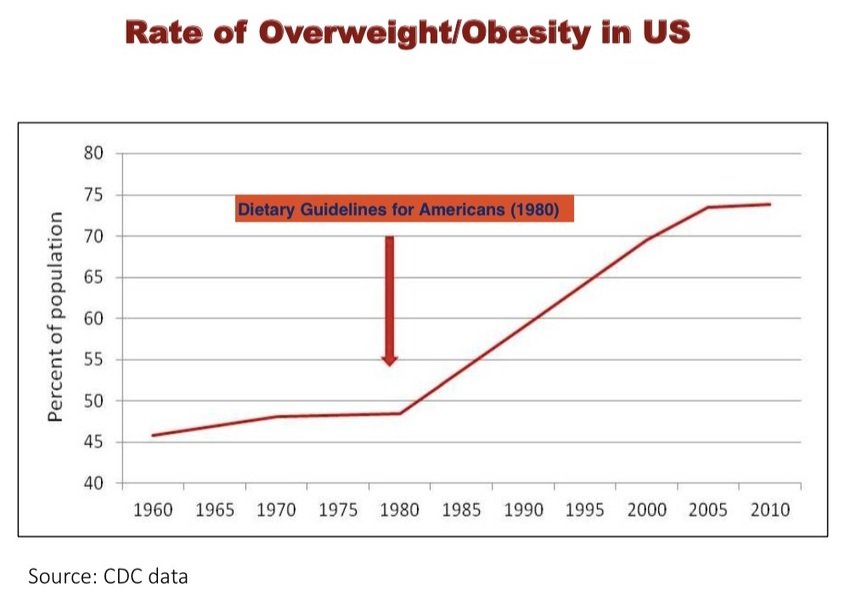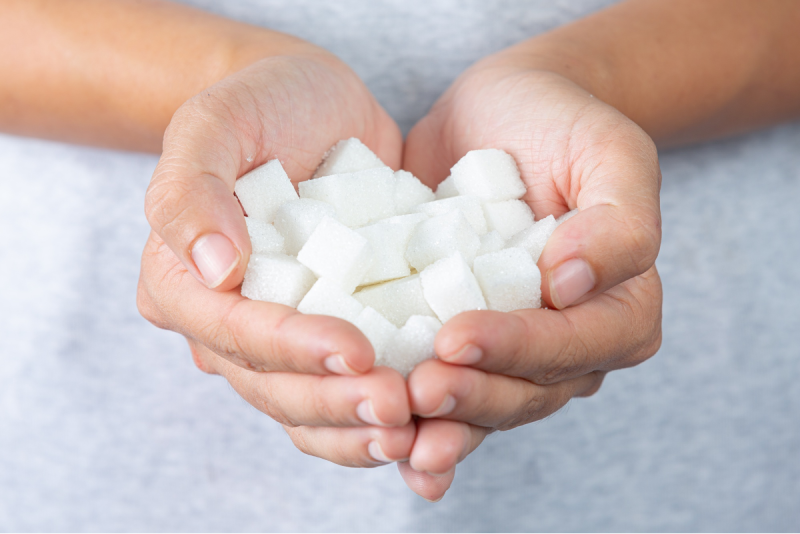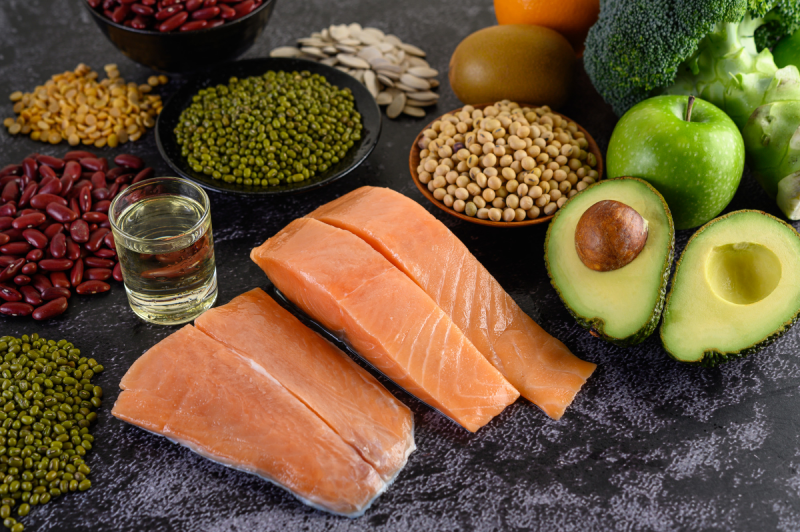Protein is an essential nutrient necessary for not only building muscle, but also for losing fat. Gaining muscle might be your objective, so in this multi-post series, we’ll tell step-by-step how to build muscle, starting with this article that will teach you how to calculate the number of calories you should consume in order to build muscle.
A special note for vegetarians: let’s debunk the myth right away that says it’s difficult for those following a plant-based diet to build muscle and get all the protein and other nutrients that their bodies needs. It’s not. The only difference between carnivores and vegetarians when it comes to building muscle lies in the source of where they get their protein.
Whether you’re a vegetarian or not, if you want to build muscle, the fundamental guideline is that you’ll need to eat slightly more calories than you burn off on a daily basis, making sure that you favor protein in that ‘caloric surplus’.
Your first step is to calculate what your daily ‘maintenance’ level is that’s necessary to keep your weight at a constant. Generally, you can find your ideal maintenance level by identifying your goal weight, then using this equation :
Goal weight x (workout hours per week + 9.5) = daily number of calories
If you weigh yourself regularly (once in the morning and a couple of times during the day), and you find that your body weight holds at the same level throughout the week, you’ll know that you’ve hit your maintenance number.
If you find that you’re losing weight, just increase your calories, perhaps up to around 100 calories per day across a week’s time. On the other hand, if you find that you’re losing weight, then lose 100 calories per day.
Once you know your maintenance level, the rest is pure physiology.
As mentioned, if you want to add muscle, you need to consume slightly more than your maintenance level; if you have a slighter build, then try upping your caloric intake by 100 or 200 calories above your maintenance level. If you are larger or taller, you can experiment with an extra 200 to 300 calories above your maintenance level. Keep in mind these are guidelines: you know your body best, so listen to it!
Fine tune your caloric intake based on whether you’re gaining at the rate that you want or not.
For the sake of an easy example, let’s say that after two weeks, you determine that you need 2,500 calories per day to gain muscle at the rate that you’d like. We’ll use this as our baseline in our next article, where we’ll teach you how to break down your macronutrients (daily grams of protein, fat and carbs) to optimize muscle building.
A nutritional monitoring tool such as the DietSensor app can be very useful for counting your intake and monitoring your diet. It also allows you to use more advanced formulas to calculate your caloric requirement and divide it into macronutrients according to your profile, your training level and your goal.




